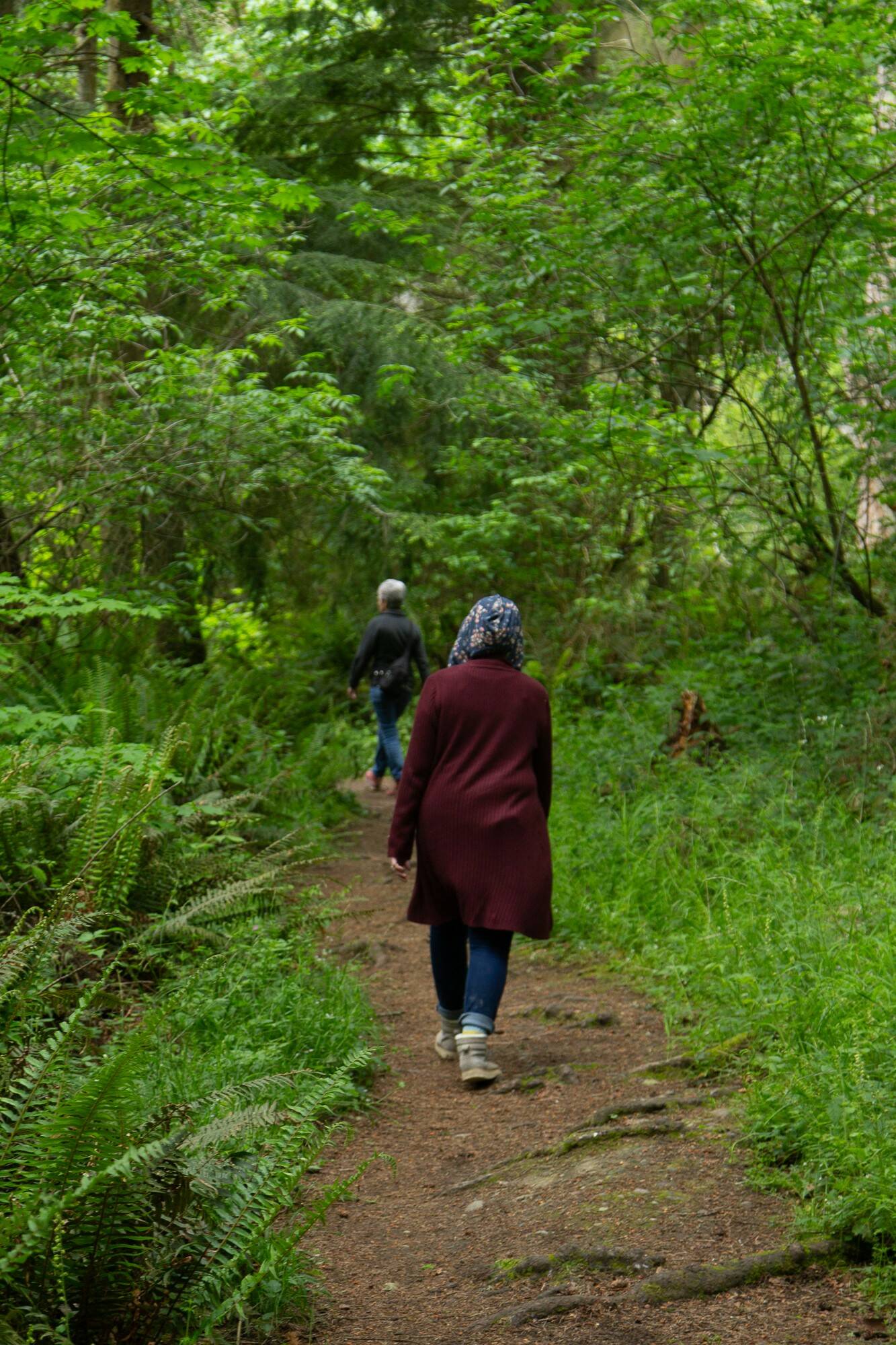Surveyors from the Department of Natural Resources found typical tree mortality on Whidbey this year.
According to the forest health highlights report, while surveyors observed scattered splotches of western red cedar dieback on the south half of Whidbey, the statewide trend has decreased significantly in the past year.
The state has seen an upward tick of 20% for Douglas fir engraver beetles, though no one is ringing the alarm on Whidbey. The department surveys forests from an airplane traveling 100 mph, said Glenn Kohler, a forest entomologist. They mark polygons for larger areas and specks for smaller areas, which could be a single tree.
The south half of Whidbey looks like a sad shake of sprinkles. Some dieback here, some beetles there, but no large areas of dead trees.
The culprit, Kohler said, is drought.
“We found all kinds of things attacking the cedars, but none of them were like a real sort of smoking gun, this aggressive thing that was killing them,” he said. “It was more like they’re stressed from drought and then these insects and diseases were responding.”
Red cedar dieback could look like thinning crowns, browning needles, heavy cone drops and brittle branches. Douglas fir beetle larvae feed under the bark and introduce fungi and yeasts, which kill the tree.
Yet these same problems have been found in places with plenty of water, Kohler said, areas where trees stand right next to a creek or wetland. In this case, the trees adapt by not developing a deep root system. During a drought event, these trees feel the full effect despite their proximity to water.
“It’s just kind of cooking the moisture off the tree, and the tree can’t keep up,” he said. “They can’t replace it fast enough and so the bullet starts to wilt, and you get this cumulative stress that builds up.”
Red cedar dieback is a more recent problem than the others. Beetles have been an off and on problem for a long time, whereas the dieback started being a bigger concern in 2017, so the department is keeping a closer eye on it. For Whidbey, it would take a major windstorm or fire for the beetles to become a great issue, Kohler said.
The department’s map, for Whidbey, is incomplete. Due to Naval Air Station Whidbey Island’s restricted airspace, surveyors could only fly on the southern half of the island.
David Cass, a forester with Washington State Parks, has noted red cedar dieback in the Deception Pass area, he said. Beetles have been seen anecdotally, but it hasn’t been a huge concern.
Management determines remediation, he said. They typically only alter the forest if it poses a risk to the public. For Deception Pass, unless the trees start crushing hikers, they are going to allow them to go their natural course.
In years past, this has been a concern for South Whidbey State Park, he said. Around 2014, they had to shut down a campground in an old growth area due to falling trees.
In that case, the problem was root rot and fungal pathogens, which wouldn’t show up in an aerial detection survey, he said. While they pose a threat to the trees, the fungi are native organisms to the woods, so preventing problems results in managing people, not wildlife.
Natural diseases help with succession, he said, allowing structural diversity and other trees to take a dead tree’s place.
“These are diseases of aging is what I consider them,” he said. “As you get old, you get all kinds of things going wrong with you. Eventually something will kill you, but you can have a compounding effect of multiple things over time.”



